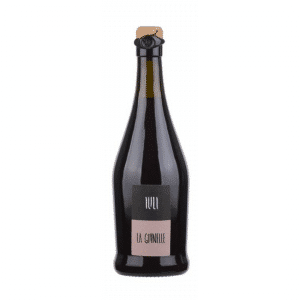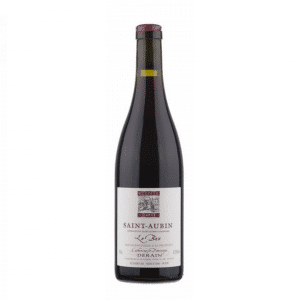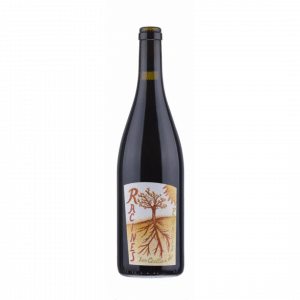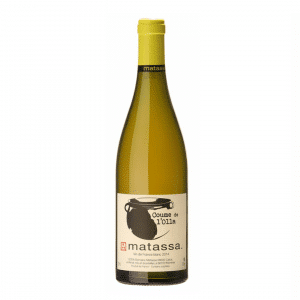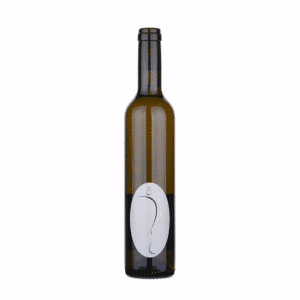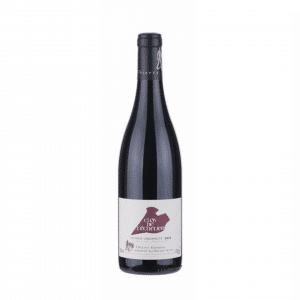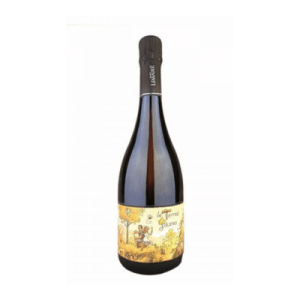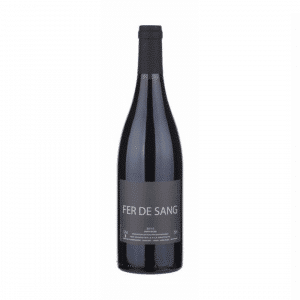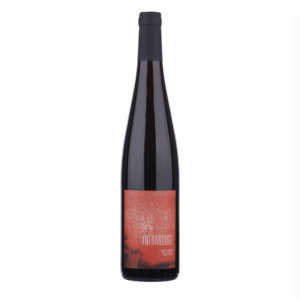France
-
Add to WishlistAdd to Wishlist
-
Add to WishlistAdd to Wishlist
-
Add to WishlistAdd to Wishlist
-
Add to WishlistAdd to Wishlist
-
Add to WishlistAdd to Wishlist
-
Add to WishlistAdd to Wishlist
-
Add to WishlistAdd to Wishlist
-
Add to WishlistAdd to Wishlist
-
Add to WishlistAdd to Wishlist
-
Add to WishlistAdd to Wishlist
-
Add to WishlistAdd to Wishlist
-
Add to WishlistAdd to Wishlist
-
Add to WishlistAdd to Wishlist
-
Add to WishlistAdd to Wishlist
-
Add to WishlistAdd to Wishlist
-
Add to WishlistAdd to Wishlist
-
Add to WishlistAdd to Wishlist
-
Add to WishlistAdd to Wishlist
-
Add to WishlistAdd to Wishlist
-
Add to WishlistAdd to Wishlist
-
Add to WishlistAdd to Wishlist
-
Add to WishlistAdd to Wishlist
-
Add to WishlistAdd to Wishlist
-
Add to WishlistAdd to Wishlist
France: Reflections
It is impossible to imagine France without wine, and vice versa. The country is a multitude of departments and regions, each with endless vineyards and its own wine tradition. Despite this, the area under vines has been greatly reduced over the centuries.
France, in any case, continues to excel in the quality and variety of its wines, which is then reflected in exports, as we will see below.
The French geographical situation is optimal, bathed by the Atlantic and lapped by the Mediterranean, it boasts a wealth of soils, including clayey-calcareousso valuable for high wine quality.
As in the case of Italy, but for different reasons, also France is paradoxically benefiting from climate changeespecially in the north of the country.
Our transalpine cousins, considered the masters of modern viticultureThey do not just own good vineyards, they define, classify and scrupulously control them. This process originated in the early years of the last century, with the definition of the AOC (Appellation d'Origin Controlèe) which opened up new horizons by restricting the use of a geographical name to wines produced in that specific area; this will then inspire all other countries.
The law sets many parameters such as the grape varieties that must be used in that specific location, yields per hectare, vinification and cultivation methods.
This last point is of vital importance for what the wine will be; France is the Western European country that uses the least systemic chemistry in the vineyardthe vast majority of farms work organically, and those who do not are driven by the movement to adapt, according to the unwritten rule of vine makes wine.
In 2011, AOCs constituted as much as half of all French production, a figure that has continued to rise to the present day, and now stands at 70%.
The limitation of such strict regulation can, however, be found in the excessive rigour required, to the detriment of modern experimentation, as is the case in neighbouring Italy or to a greater extent in the distant, and liberal, New World.
France has a vineyard area of about 900 thousand hectares which corresponds to an annual production of around 44 million hectolitres, placing the country in second place in terms of production capacity behind Italy.
The number of French wineries is clearly and steadily decreasing, to date 60,000, i.e. slightly less than 25% of those in Italy. The incredible figure, however, is by export turnover, which is worth 15.5 billionalmost double that of Italy, second in this special ranking.





